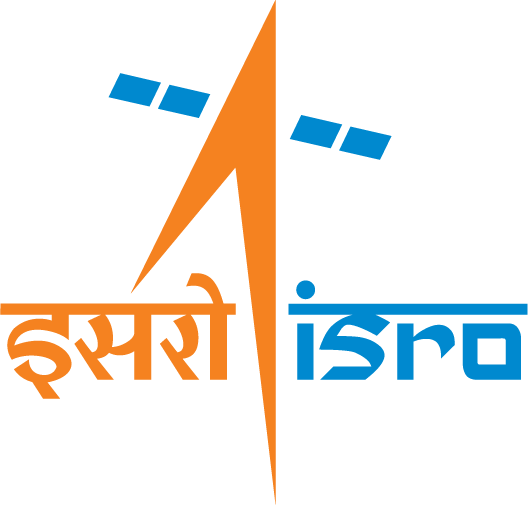Chlorophyll is the most dominant plant pigment, essential for photosynthesis, and largely determines the spectral reflectance of healthy vegetation. Its higher concentration often overshadows the detection of other pigments like carotenoids. Carotenoids (C40H56O2), being an accessory light absorbing pigment, is the second most abundant plant pigment. They comprise several constituents, including β-carotene, xanthophylls, lutein, violaxanthin, and neoxanthin, which play a crucial role in photoprotection and stress response, making them significant indicators of plant health and adaptation to environmental conditions.
Despite their importance, the estimation of carotenoids is challenging due to their spectral overlap with chlorophyll, which dominates reflectance in healthy vegetation. This makes direct quantification difficult using traditional remote sensing approaches. Hyperspectral remote sensing, with its contiguous narrow spectral bands, provides a means to detect carotenoids by identifying subtle differences in absorption. This enables improved differentiation of carotenoids from chlorophyll, facilitating their estimation and mapping.
The Forestry and Ecology Department carried out a study on carotenoid content estimation of two forest types of the Western Himalaya- broadleaved sal (Shorea robusta) and needle-leaved chir pine (Pinus roxburghii) using in-situ and PRISMA hyperspectral satellite remote sensing data. As carotenoids are indicators of stress, senescence period, which is a stressful period, was chosen for its estimation. PRISMA hyperspectral satellite imagery and genetic algorithm-based partial least squares regression (GA-PLSR) was used for estimation and spatial prediction of canopy carotenoid content. A higher carotenoid content was found in chir pine, with mean canopy carotenoid content being 0.82 g m-2 for sal forest and 0.90 g m-2 for chir pine forest. GA-PLSR identified key wavelengths (441 nm, 449 nm, 478 nm, 515 nm, 530 nm, 571 nm) as sensitive to carotenoids, and the Carotenoid Reflectance Index (CRI550) based on 507 nm and 554 nm to be the most effective predictors of canopy carotenoid. PLSR model based on reflectance data estimated carotenoid with high predictive capability (R² = 0.82 for sal and R² = 0.86 for chir pine).

The best-performing PLSR model (R² > 0.8) was used for spatial mapping of canopy carotenoid content. The study revealed higher carotenoid concentrations in needle-leaved species, suggesting better adaptation to winter stress. The spatial maps indicated variability in carotenoid content influenced by environmental and topographical factors.
This study marks a significant step in remote sensing-based estimation of canopy carotenoids and highlights the potential of hyperspectral data for ecological monitoring, including tracking the photosynthetic phenology of a forest, forest fire susceptibility analysis and monitoring vegetation health. More details of this study are available at Journal Indian Society of Remote Sensing.



